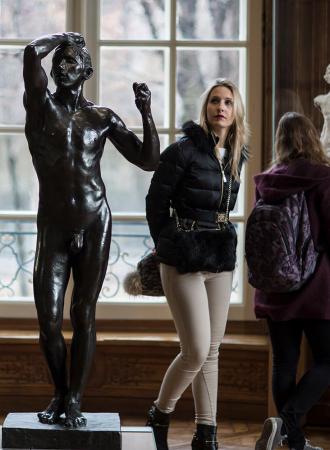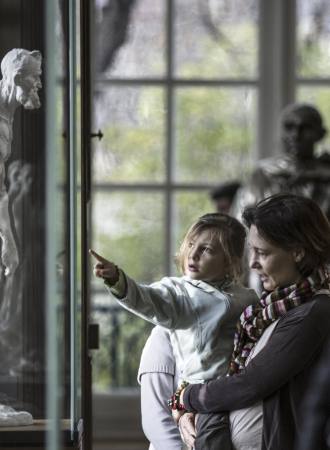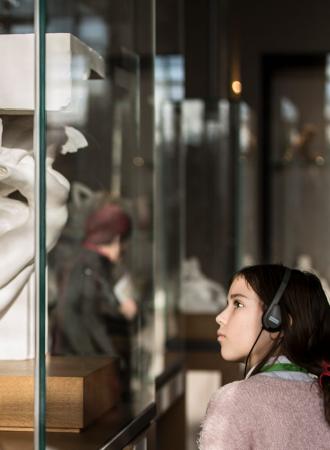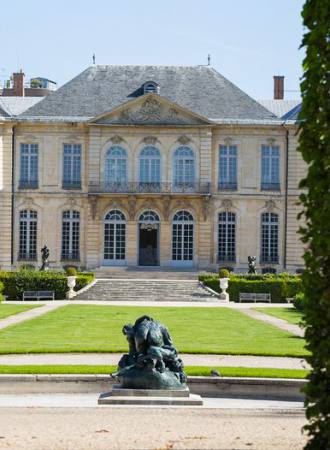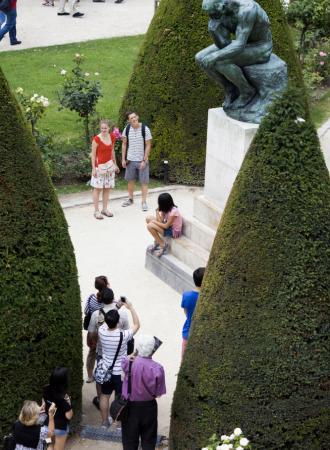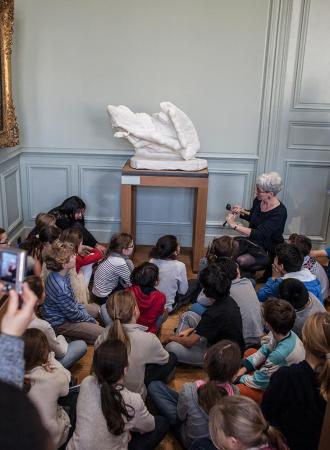The Sculpture Garden
Vue de l'oeuvre
The sculpture garden at the Musée Rodin is an illustration of the subtle harmony between nature and sculpture. From season to season as the various trees and flowers bloom, the natural setting showcases Rodin’s works to their best advantage. In the warm summer months, a bench in the garden is an ideal spot for enjoying a moment of calm and contemplation in the deep shade of the trees.
Sculpture and nature
The museum’s seven-acre garden has several different areas and atmospheres. On either side of the main courtyard, a rose garden frames the Hôtel Biron (home to the permanent collections). Between Les Invalides and the Eiffel Tower, The Thinker sits atop his pillar among the box trees, facing The Gates of Hell on the other side of the garden (designed in 1920 after the demolition of the outbuildings that once bordered the Hôtel Biron).
Passers-by on rue de Varenne can catch a glimpse of the Monument to the Burghers of Calais, while the sculpture of Ugolino and His Sons graces the center of the ornamental pool. Orpheus is sheltered among the trees, and the Monument to Balzac stands out against the backdrop of Les Invalides.
Rodin displayed his sculptures in the garden during his lifetime, and the Musée Rodin has continued this tradition, allowing visitors to see how the sculptures interact with their natural surroundings.
Flowers all year round
There are flowers in bloom throughout the year in the sculpture garden. After the Christmas roses in winter, the pink viburnum blossoms in February, attracting the first bees. The dazzling yellow of the forsythia in March is followed by the deep blue of the ceanothus. The abundance of roses in May makes the garden a riot of bright color, mellowed by the delicate hues of the hydrangeas.
The scent of lime trees fills the garden in summer, then in September the leaves turn to gold. The lacy outlines of the bare branches add a charming touch of nostalgia in winter, when the garden’s cafe/restaurant, L’Augustine, provides a perfect place to warm up on a cold day!
